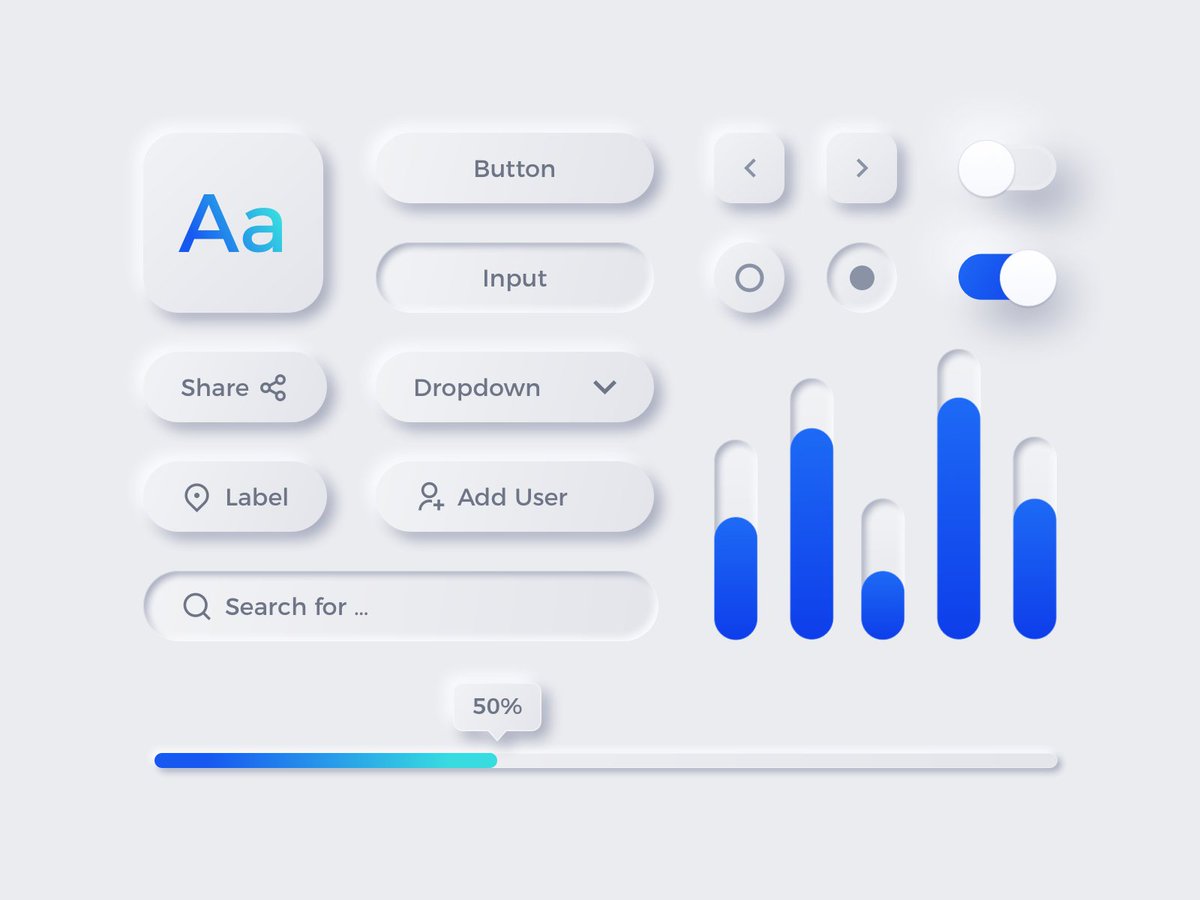
Engagement metrics: When you don't know why people use your product, but want to make up a metric to measure your PMs on because you read an article about how numbers are objective
Ostensibly customers want to use your product to fill a need, then put it down. But engagement doesn't measure filling of needs. In fact, it measures the opposite - time spent using the tool, with the need going unfilled (what @jmspool calls tool time)
articles.uie.com/dividing-user-…
articles.uie.com/dividing-user-…
@jmspool Setting a metric to track implicitly or explicitly drives the team to improve the metric. By selecting Engagement as a key metric, you run the risk of telling your teams "we want you to add more things to click, and delay the user reaching their goal for as long as possible."
"as a user, I want to be engaged, so that..." - said no one ever
Engagement is not always the wrong metric to track. But it should never be the only one, or the primary one, as long as you have any kind of visibility into why people are using your product in the first place.
Engagement is not always the wrong metric to track. But it should never be the only one, or the primary one, as long as you have any kind of visibility into why people are using your product in the first place.
Understanding how to measure the value your product's value for users is hard! @johncutlefish has a great guide on what that work entails.
Engagement or NPS might seem like viable alternatives to doing that thinking and that work, but they are not.
amplitude.com/north-star
Engagement or NPS might seem like viable alternatives to doing that thinking and that work, but they are not.
amplitude.com/north-star
• • •
Missing some Tweet in this thread? You can try to
force a refresh





